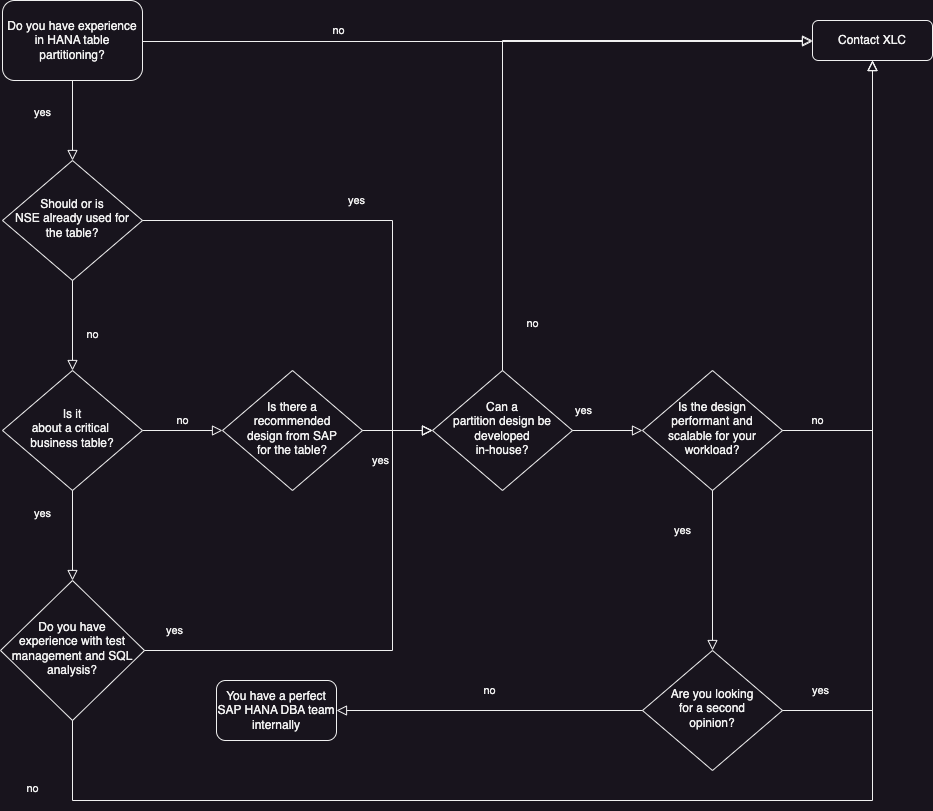HANA table partitioning
Your HANA DB is growing steadily and is reaching the limits of some tables where partitioning is unavoidable. But there are other reasons such as increasing performance or NSE (Native Storage Extension - HANA Data Tiering) where using partitions makes sense.

Limit: 2 billion entries
The design of the SAP allows the HANA DB only 2 billion entries per partition / table (column store). With larger tables from 20GB it can make sense to partition beforehand. The delta merge takes more time for large tables/partitions and thus holds locks longer than necessary.
Wrong design
Anyone running an older system on HANA may have previously inefficient partitioning designs active. At that time it was partitioned according to the primary key. This has negative effects on performance.
Do you have customer-specific tables and no suitable design yet? We would be happy to help you with an analysis to find the optimal attribute for this.
Runtime optimization of partitioning
We support you with the maintenance and shorten the runtime of the partitioning with our optimized procedure.



